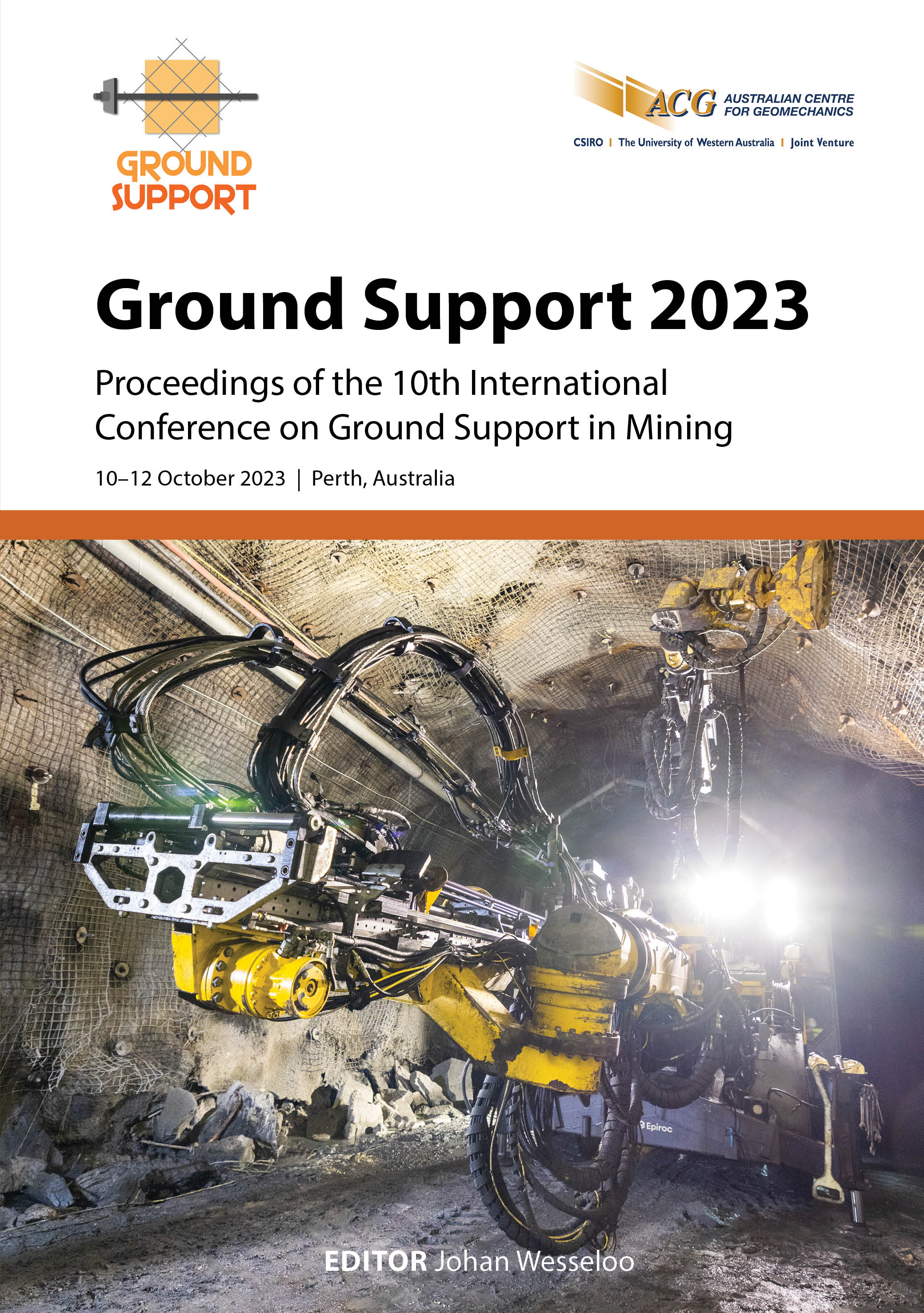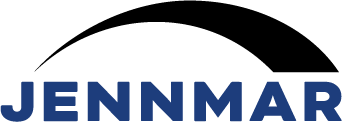An acidic water corrosive environment and ground support strategies at the Grasberg Block Cave mine, Indonesia

|
Authors: Hamman, JPE; Belseran, REP; Kriska, B; Ramadhan, T; Sugiyanto, AY; Banda, H |
DOI https://doi.org/10.36487/ACG_repo/2325_28
Cite As:
Hamman, JPE, Belseran, REP, Kriska, B, Ramadhan, T, Sugiyanto, AY & Banda, H 2023, 'An acidic water corrosive environment and ground support strategies at the Grasberg Block Cave mine, Indonesia', in J Wesseloo (ed.), Ground Support 2023: Proceedings of the 10th International Conference on Ground Support in Mining, Australian Centre for Geomechanics, Perth, pp. 427-438, https://doi.org/10.36487/ACG_repo/2325_28
Abstract:
The Grasberg Block Cave (GBC) mine is below the Grasberg open pit at PT Freeport Indonesia (PTFI). The production and infrastructure levels are predominantly in the Grasberg Igneous Complex (GIC) and less so in the surrounding sedimentary rocks of the Waripi and Faumai formations. Development of the production levels in the GBC Production Block 2 South started in 2016, and undercutting commenced in 2018. A prominent mineralised zone – the heavy sulphide zone (HSZ) with 10–75% pyrite and pyrrhotite – forms the outer boundary of the GIC along the country rock. High levels of oxidation and subsequent corrosion associated with the HSZ were identified within the first two years of development. Corrosion rates indicated an aggressive corrosive environment with pH levels of less than 4 (identified as a potential hazard) that could lead to support deterioration and excavation instability in the production and mine infrastructure levels. A corrosion assessment based on the presence of sulphides, water volumes and water chemistry was conducted to determine the corrosivity of the groundwater. Corrosion maps were developed in the initial stages of development and followed up by actual corrosion mapping to determine the accuracy and severity of the expected corrosion zones. During this study, it became clear the parameters that played an important role in determining the corrosivity of the acidic groundwater in the GBC differ greatly from the salinedominated corrosive environments identified in Australia and other areas of the mining industry. Numerous groundwater datasets, laboratory analysis and measured ground support corrosion rates formed the basis of this study to determine the relationship between the pH, sulphate ions, electric conductivity and corrosion rates. Factors that increase and delay the corrosion rates were observed and documented. Various corrosive resistant ground support types were evaluated to determine their effectiveness in acidic environments. This paper briefly describes the derivation of an acid-dominated aqueous corrosion design table that could be used in the industry to determine potential corrosion rates. Corrosion of ground support, as well as the management of corrosion, are also discussed.
Keywords: corrosion, acidic environments, sulphides, corrosion rates, pH levels, ground support strategies
References:
Bieniawski, ZT 1989, Engineering Rock Mass Classifications, Wiley, New York.
Dorion, JF & Hadjigeorgiou, J 2013, ‘Corrosion considerations in the design and operation of rock support systems’, in Y Potvin & B Brady (eds), Ground Support 2013: Proceedings of the Seventh International Symposium on Ground Support in Mining and Underground Construction, Australian Centre for Geomechanics, Perth, pp. 497–509.
Hassell, R 2008, Corrosion of Rock Reinforcement in Underground Excavations, PhD Thesis, Western Australian School of Mines, Perth.
Jennings, SR, Neuman, DR & Blicker, PS 2008, Acid Mine Drainage and Effects on Fish Health and Ecology: A Review, Reclamation Research Group Publication, Bozeman.
Loomis, IM, Hughes, S, Osborne, K, Basyuni, J & Samosir, E 2008, ‘Control of a sulfide ore thermal event in a drawpoint at PT Freeport Indonesia’s DOZ Mine, Papua, Indonesia’, in KG Wallace (ed.), Proceedings of the 12th U.S./North American Mine Ventilation Symposium, University of Nevada Press, Reno.
Roberge, PR 2000, Handbook of Corrosion Engineering, McGraw-Hill, New York.
Silaen, H & Budiman, J 2017, GBC Corrosion Potential Preliminary Study, PT Freeport Indonesia, Jakarta, internal document.
Tomory, PB, Grabinsky, MW & Curran, JH 1998, 'Factors influencing the effectiveness of Split Set friction stabilizer bolts', CIM Bulletin, vol. 91, no. 100, pp. 205–214.
University of Indonesia 2021, Identification of Bacteria through XRD Results, University of Indonesia, West Java, internal report.
Villaescusa, ER, Hassell, R & Thompson A 2007, Corrosion of Rock Reinforcement in Underground Excavations, MERIWA project 333, Western Australia School of Mines, Curtin University of Technology, Perth.
© Copyright 2025, Australian Centre for Geomechanics (ACG), The University of Western Australia. All rights reserved.
View copyright/legal information
Please direct any queries or error reports to repository-acg@uwa.edu.au
View copyright/legal information
Please direct any queries or error reports to repository-acg@uwa.edu.au
